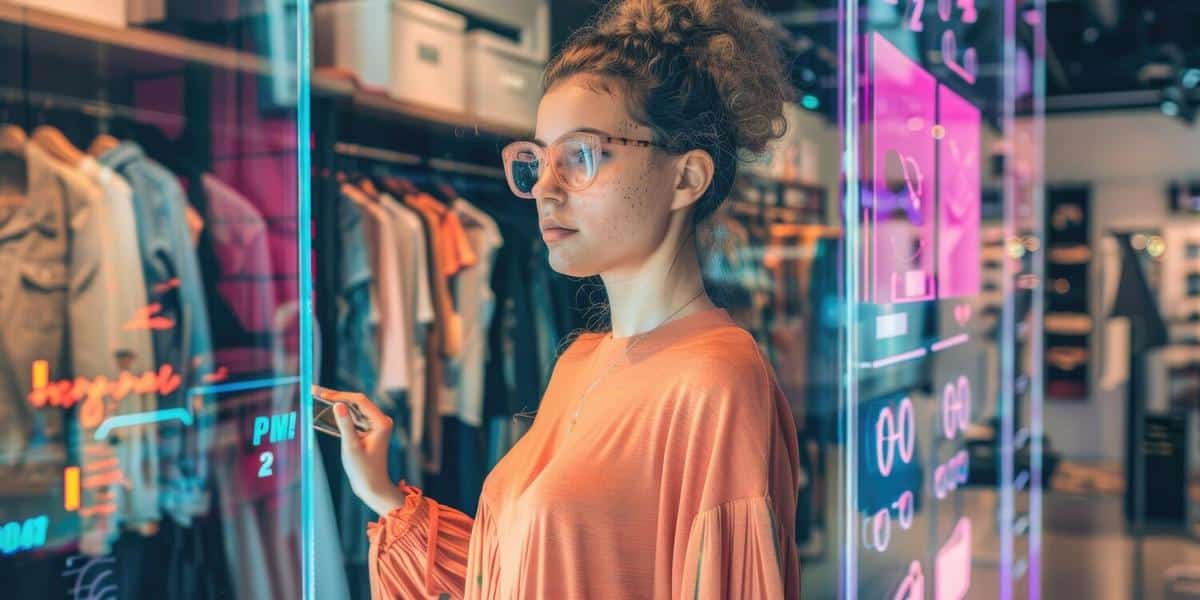
The Impact of AI on Fashion Design and Manufacturing
In the evolving landscape of fashion, technology is weaving its way into the heart of design and manufacturing, with Artificial Intelligence (AI) at the forefront of this transformation.
The Role of AI in Fashion Design
Artificial intelligence is redefining creativity in fashion design by offering designers new tools and insights. According to a recent report by McKinsey & Company, AI-driven design tools can reduce the time taken to conceptualize and create new fashion lines by up to 20%. These tools analyze trends, fabric types, and customer preferences, providing designers with a wealth of data to inform their creative decisions.
“The integration of AI into fashion design is not about replacing human creativity but rather about augmenting it,” notes Dr. Emma Green, a technology consultant specializing in AI applications for the fashion industry.
Designers can now leverage AI to predict future fashion trends with remarkable accuracy. Algorithms analyze vast amounts of data from social media, fashion shows, and retail sales to forecast upcoming styles and patterns. This predictive power allows brands to stay ahead of the curve and meet consumer demands more effectively.
AI in Fashion Manufacturing
AI is also revolutionizing the manufacturing side of the fashion industry. Automation and AI-driven robotics are improving efficiency and precision in garment production. In a study conducted by the Boston Consulting Group, companies that adopted AI in manufacturing reported a 15% increase in productivity.
For instance, AI-powered machines can cut fabric with precision, reducing waste and ensuring optimal material usage. Moreover, AI systems can monitor production lines in real-time, identifying and rectifying errors to maintain quality standards.
Table: AI Technologies in Fashion
| AI Technology | Application |
|---|---|
| Predictive Analytics | Trend forecasting |
| Machine Learning | Design customization |
| Robotics | Automated manufacturing |
| Computer Vision | Quality control |
| Natural Language Processing | Consumer feedback analysis |
| Virtual Assistants | Personalized shopping experiences |
| 3D Printing | Prototyping and customization |
| Blockchain | Supply chain transparency |
Real-World Examples
Consider the case of a renowned fashion brand that utilized AI to streamline its operations. By implementing AI-driven inventory management systems, the brand reduced overstock by 30%, significantly cutting costs and improving sustainability. Such examples highlight the practical benefits of AI in enhancing operational efficiency.
Actionable Tips for Leveraging AI
- Start small by integrating AI tools into specific areas like inventory management or trend forecasting.
- Collaborate with technology experts to understand the potential of AI in your specific context.
- Train your team to effectively use AI tools, ensuring they complement human creativity and decision-making.
FAQ
How does AI improve fashion design?
AI provides designers with insights into trends, customer preferences, and new design possibilities, enhancing creativity and efficiency.
Can AI replace human designers?
No, AI is designed to augment human creativity, not replace it. It provides valuable data and tools to assist designers.
What are the cost implications of implementing AI in fashion manufacturing?
While there is an initial investment, AI can lead to long-term savings through increased efficiency, reduced waste, and better inventory management.
Conclusion
AI is undeniably reshaping the fashion industry, offering exciting opportunities for innovation in design and efficiency in manufacturing. As AI continues to evolve, its impact on fashion will likely expand, driving more sustainable and consumer-centric practices. By embracing AI, fashion brands can position themselves at the forefront of this technological revolution, ensuring they not only meet but exceed consumer expectations.


